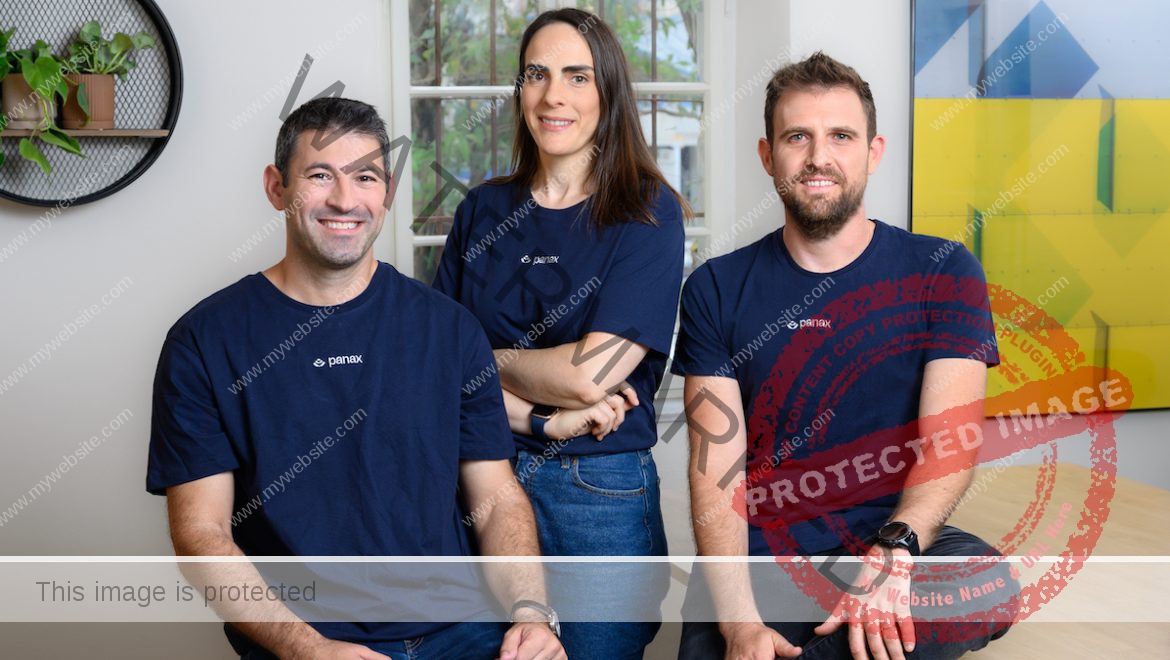Data transformation and optimization — tasks that many, if not most, large enterprises deal with — aren’t easy. And thanks to the enormous growth of AI and cloud technologies, the challenges appear to be increasing. In a recent Gartner poll, fewer than half (44%) of data and analytics leaders said that their teams are effective in providing value to their organization, not for lack of trying but as a result of insufficient resources, funding and skilled staffers.
Armon Petrossian and Satish Jayanthi encountered these blockers at data automation firm WhereScape. There the pair was responsible for solving data warehousing problems for WhereScape’s clients. (Petrossian was the national sales manager, and Jayanthi was a senior solutions architect.) After spending around six years at WhereScape, Petrossian and Jayanthi came to believe that they could do one (or two) better where data transformation — and issues related data optimization — were concerned.
The result was Coalesce, a San Francisco–based company building a suite of data transformation services, apps and tools. Coalesce on Thursday announced that it closed a $50 million Series B funding round co-led by Industry Ventures and Emergence Capital, which brings the startup’s total raised to $81 million.
“The data transformation layer has long been the largest bottleneck in analytics,” Petrossian, Coalesce’s CEO, told TechCrunch. “Data science and engineering teams spend the majority of their time on data prep, which includes data cleansing and transformations, manually coding and building out data pipelines to get the data from source to dashboard or other business uses. These manual processes are time-consuming, labor-intensive and, most importantly, don’t scale.”
The data supports Petrossian’s assertions. A 2020 survey from Anaconda, the data science tool provider, found that data scientists spend nearly half (45%) of their time on data prep tasks, including loading and cleaning data.
Coalesce’s response is a platform that standardizes data while automating the more repetitive, mundane data transformation processes. Using Coalesce, data science teams can employ metadata to manage transformations with an understanding of how the different pieces of data are linked and connected, Petrossian says.
“As a company’s data grows, so does the complexity of the data pipelines and data models that need to be built and maintained in order for the data to be trustworthy and result in accurate insights — and decisions,” he said. “Scalability is therefore critically important for enterprises, and our product offers just that. By automating the data transformation processes, we enable data engineers to build data pipelines more quickly and efficiently, ultimately reducing costs and the time-to-value of the organization’s data.”
Coalesce is built to work exclusively with Snowflake’s Data Cloud product; unsurprisingly, Snowflake’s corporate VC arm, Snowflake Ventures, is an investor.
That sort of vendor lock-in could be an anathema to expansion, especially given that Coalesce isn’t the only data transformation tool vendor in town. Dbt and even legacy extract, transform and load tools like Informatica and Talend could be considered rivals. There are also upstarts like Prophecy, which last October landed a $35 million investment from VCs Insight Partners and SignalFire.
Coalesce offers a range of settings and configurations for organizing — and normalizing — data within a Snowflake environment. Image Credits: Coalesce
But Petrossian says this isn’t the case.
“The Series B puts us in a position to become a profitable company if we were to wish to do so,” he said. “Our company was born during the pandemic, which gave us an opportunity to focus on building a product while in ‘stealth’ that would serve enterprise Fortune 500 companies that were resilient to the potential looming recession at the time. That audience is more resilient to economic shifts in general, making our product and business more resilient to market headwinds as well.”
To Petrossian’s point, Coalesce has “multiple” (mum’s the word on exactly how many) Fortune 500 customers and recurring revenue that grew 4x year-over-year in the fiscal year ending January 2024. As it focuses its efforts on improving the Coalesce platform’s performance, introducing AI features and reaching out to existing Snowflake customers, Coalesce plans to expand the size of its 80-person team to around 100 by the end of the year.
Petrossian hinted not-so-subtly that generative AI and machine learning applications could be force multipliers for Coalesce’s business.
“We often hear from our customers that their executive leadership asks about AI and large language models, and they have to ground that conversation by explaining why they first need to ensure they have the proper data foundation in place,” he said, noting in particular the generative AI sector’s meteoric continued growth. “This is where we come in. We’re on a mission to radically improve the analytics landscape by making enterprise-scale data transformations as efficient and flexible as possible, so organizations can quickly move to implementing and taking advantage of advanced use cases such as AI, machine learning and generative AI. In short, we see the value of Coalesce’s technology as an inevitable catalyst to support the scalability and governance needed for the future of cloud computing.”
Beyond Industry and Emergence, 11.2 Capital, DNX Ventures, GreatPoint Ventures, Hyperlink Ventures, Next Legacy Partners, Snowflake Ventures and Telstra Ventures participated in Coalesce’s Series B.











